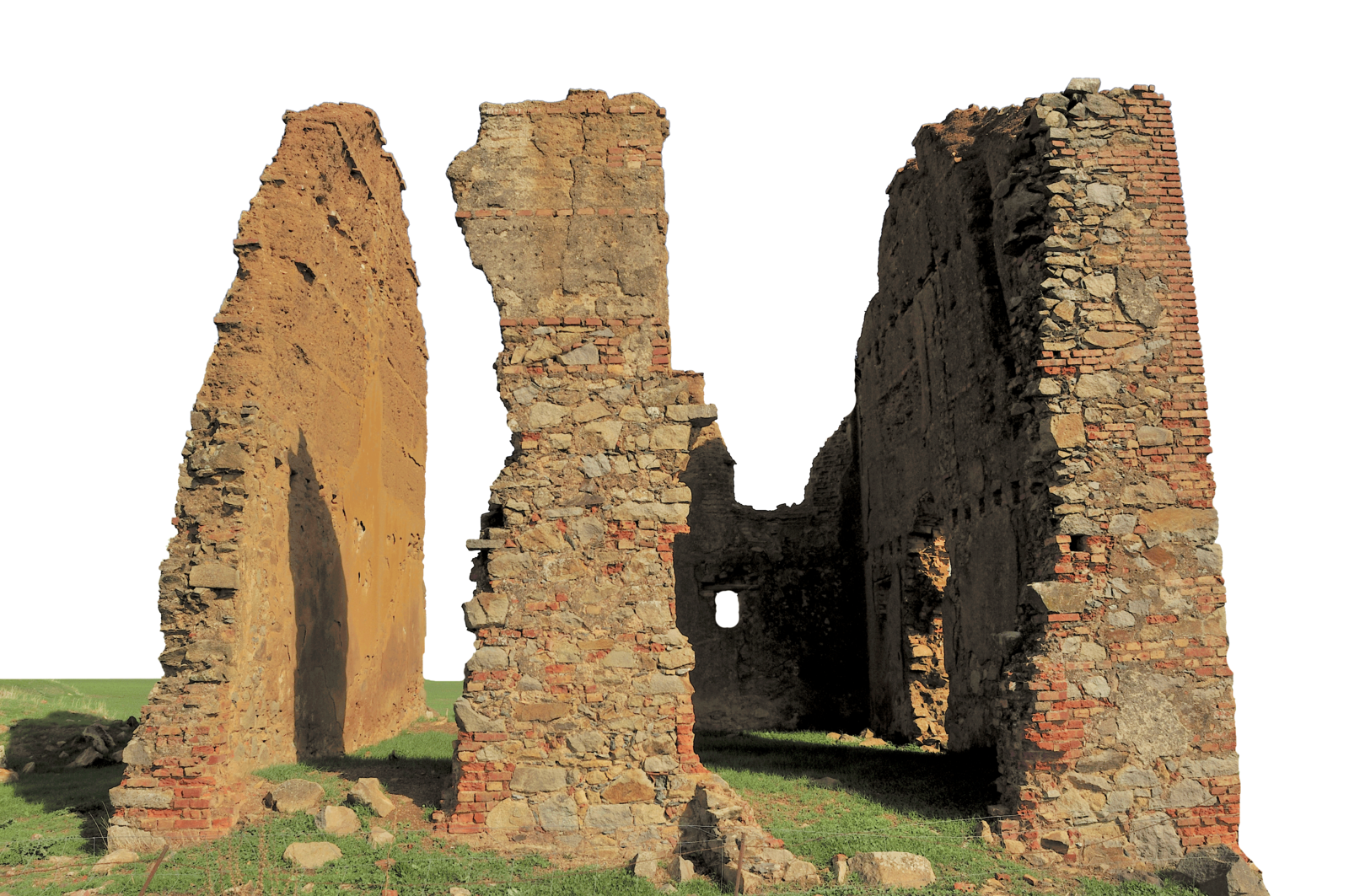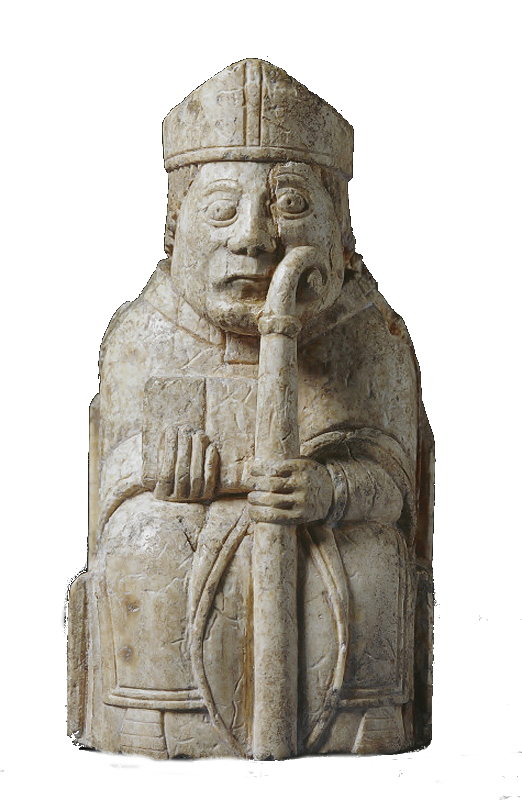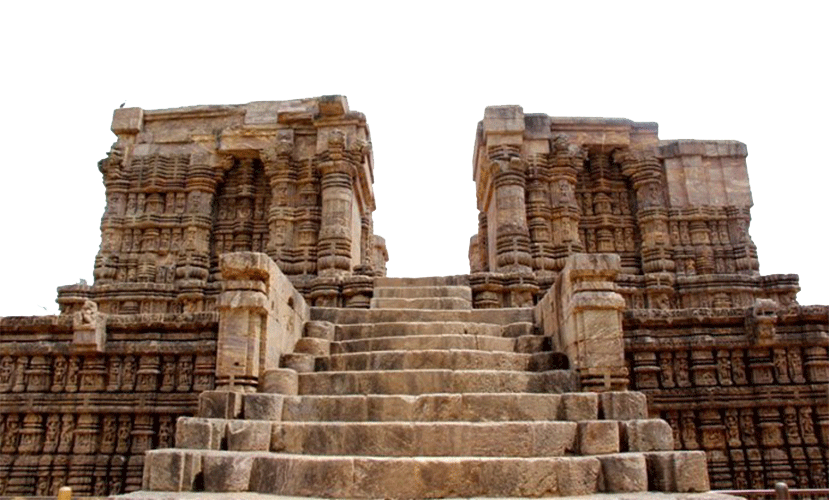Archaeology
Welcome to c/Archaeology @ Mander.xyz!
Shovelbums welcome. 🗿

Notice Board
This is a work in progress, please don't mind the mess.
- 2023-06-15: We are collecting resources for the sidebar!
- 2023-06-13: We are looking for mods. Send a dm to @[email protected] if interested!
About
Archaeology or archeology[a] is the study of human activity through the recovery and analysis of material culture. The archaeological record consists of artifacts, architecture, biofacts or ecofacts, sites, and cultural landscapes.
Archaeology has various goals, which range from understanding culture history to reconstructing past lifeways to documenting and explaining changes in human societies through time.
The discipline involves surveying, excavation, and eventually analysis of data collected, to learn more about the past. In broad scope, archaeology relies on cross-disciplinary research. Read more...
Rules
- Don't throw mud. Be kind and remember the human.
- Keep it rooted (on topic).
- No spam.
- No pseudoscience/pseudoarchaeology.

Links
Archaeology 101:
Get Involved:
University and Field Work:
- Archaeological Fieldwork Opportunities Bulletin
- University Archaeology (UK)
- Black Trowel Collective Microgrants for Students
Jobs and Career:
Professional Organisations:
- Chartered Institute for Archaeologists (UK)
- BAJR (UK)
- Association for Environmental Archaeology
- Archaeology Scotland
- Historic England
FOSS Tools:
- Diamond Open Access in Archaeology
- Tools for Quantitative Archaeology – in R
- Open Archaeo: A list of open source archaeological tools and software.
- The Open Digital Archaeology Textbook
Datasets:
Fun:
Other Resources:

Similar Communities
Sister Communities
Science and Research
Biology and Life Sciences
Plants & Gardening
Physical Sciences
Humanities and Social Sciences
Memes
Find us on Reddit

If you want to know more or see the place via a camera, Miniminuteman has a great video showing and explaining the place, too.
I'm reading a book at the moment that gets into this site a bit:
Archaeology also shows that patterns of seasonal variation lie behind the monuments of Göbekli Tepe. Activities around the stone temples correspond with periods of annual superabundance, between midsummer and autumn, when large herds of gazelle descended on to the Harran Plain. At such times, people also gathered at the site to process massive quantities of nuts and wild cereal grasses, making these into festive foods, which presumably fuelled the work of construction. There is some evidence to suggest that each of these great structures had a relatively short lifespan, culminating in an enormous feast, after which its walls were rapidly filled in with leftovers and other refuse: hierarchies raised to the sky, only to be swiftly torn down again. Ongoing research is likely to complicate this picture, but the overall pattern of seasonal congregation for festive labour seems well established.
Exciting times for archaeology.
I remember learning about the Sumerians for the first time, how they seemingly of nowhere sprung up with agriculture, writing, architecture, engineering, astrology, metallurgy. I was fascinated, especially with how prolific they were with their writing, how it detailed their everyday life (all my homies hate Ea-Nassir).
Now we're uncovering more of our past in the Fertile Crescent, and it's more interesting than I could ever hope for.